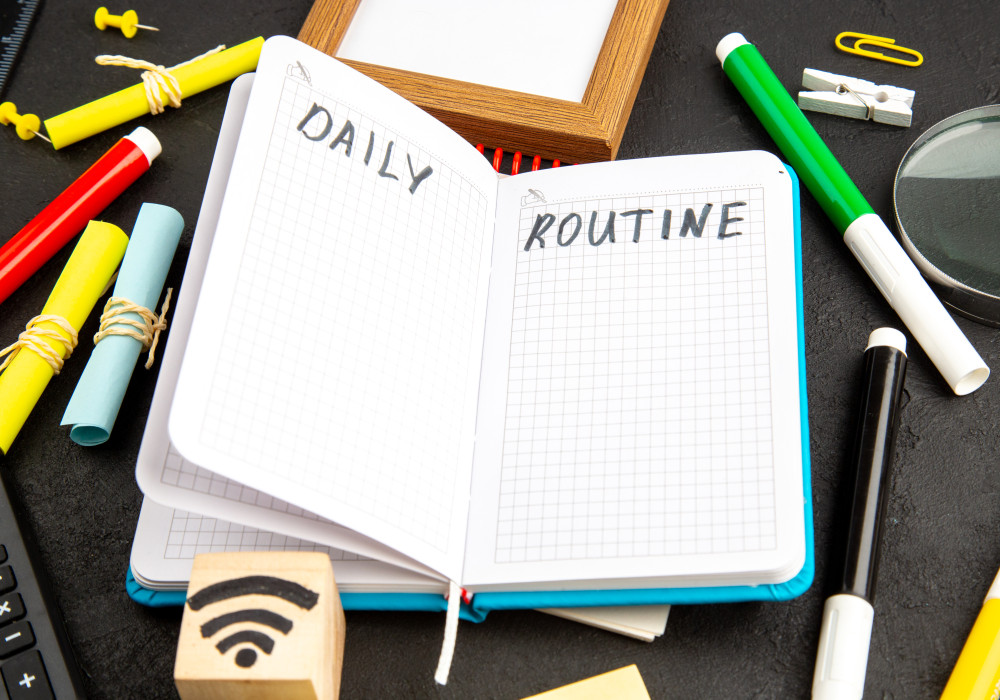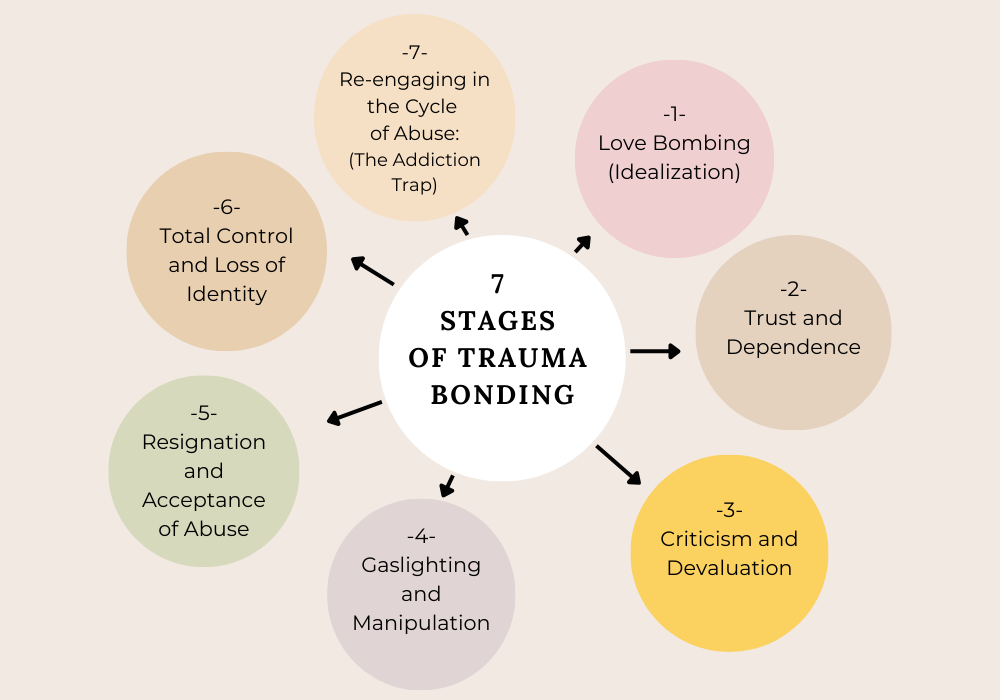What is a Daily routine ?
A routine is an action that happens again and again, regularly. You often do it, like brushing your teeth, taking a shower, or making your bed. Most of us have routines, even if we don’t realize them. Routines can help us get things done more quickly because we don’t have to decide what to do next we just do what we always do.
Having a routine can help us feel more in control of our lives and can give us a sense of accomplishment.
A daily routine can be very helpful in getting out of a funk. It can provide a sense of structure and normalcy in your life, which can be very comforting during difficult times. Plus, it can help you get things done more efficiently because you don’t have to waste time making decisions about what to do next. So, if you’re feeling down, try creating a daily routine for yourself and see if it doesn’t help you start feeling better.
There’s no one right way to create a daily routine. Here are a few tips to get you started, though it depends on what you need and want.
1-Plan the Night Before:
Planning the night before you go to bed is an excellent way to increase your productivity during the day.
When everything is already planned and laid out, it can make mornings go more smoothly because you don’t have to worry about forgetting anything important.
Having a list somewhere with all of today’s tasks written down (one popular way is sticking post-it notes on the wall) so that they can be worked on without any problems or distractions that could take your attention away from what needs doing.
Related:How To Plan Your Day ?
2-Set regular bedtimes and wake times :
Having a regular sleep schedule is just as crucial for overall health as having a nutritious diet and getting regular exercise. Try to go to bed and wake up at the same time each day, and get 7-9 hours of sleep every night.
Related:Sleep Deprivation: Symptoms, Causes, and Effects
Related:How to stop Insomnia ?
3-Try to wake Up At The Same Time Each Day:
It is important to have a set time that you wake up every day. Even if it is a weekend or you do not have school or work, you should try to stick to the same schedule. This way, you can maximize the amount of work you can get done in a day and not have to worry about rushing in the morning.
3-Create a daily to-do list:
Having a daily to-do list can be helpful in adhering to a set routine. This list can act as a reminder of the daily tasks you set for yourself, as well as offer a sense of satisfaction as you are able to cross completed items off.
Related:How To Plan Your Day ?
4-Take a shower and get dressed :
If you want to improve your state of mind, try having a shower and getting dressed. This will help you prepare for the day ahead, even if you’re just staying at home.
5-Set your mealtimes:
Having regular mealtimes is important for your physical and mental well-being. It will help you avoid snacking and make sure you are getting the nutrients you need.
Related:Emotional Eating:10 Ways To Stop it And Be Mindful Of Your Diet
6-Be realistic:
If you want to have a routine, that’s great, but don’t be too hard on yourself. It takes time to develop productive habits. If you’re too strict with yourself, you might never get to experience the benefits of a routine. Your success is based on how seriously you take your routine. The pros of having a routine are better than the willpower it takes to keep up with it, so it’s worth it.
7-Be adaptable:
As we change and grow, the routine that works for us in one season of our lives will eventually become stale. When that happens, it is important to take stock of what matters to us and realign our routine to better support our new goals or vision.
8-Break tasks into smaller chunks:
A new routine can be daunting, but if you break it down into smaller tasks it will seem more manageable. Take each task and break it into component parts. Ticking off each mini-task will help you stay on track.
9-Set aside a regular time :
Once you have decided on the goal and activities of your routine, you must then figure out when you can fit these activities into your day. Dedicate a portion of your daily schedule to your routine and stick to it.
And it will be beneficial to devote more time to each individual task than you think you need, if possible. For instance, if you normally spend 40 minutes exercising, set aside an hour for it. This will help you avoid getting too stressed as you stick to your daily routine.
10-Put your new routine into practice :
If you don’t consult your calendar regularly, then creating a plan is pointless. So make sure to find time in your schedule to check in on your plan frequently.
11-Plan out your routine on a longer time scale:
The most important part of creating a routine is understanding what needs to be done and when. Make a list of everything you want to accomplish on a daily, weekly, biweekly, monthly, and yearly basis. Once you have this list, you can start scheduling your activities and following your routine.
If needed, purchase a calendar or agenda to start managing your time more efficiently. Having a written, the scheduled routine will make it simpler to add to your day-to-day or weekly obligations.(you can use the all-in-one planner to plan your daily weekly monthly and more..)
12-Schedule your work hours and breaks:
To maintain a healthy work-life balance, it is important to set boundaries between work time and personal time. Additionally, be sure to schedule breaks for yourself to help improve your mental well-being.
Related:How to Maintain a Healthy Work-Life Balance In 19 Tips
13-Make time to move:
It’s important to schedule some physical activity into your day, whether that means taking a walk, doing some stretches, or whatever you like. (research indicates that exercising on a daily basis can have a profound improve mental health and productivity.










1 Comment
Great post. I was checking constantly this blog and I’m impressed! Very useful information particularly the last part 🙂 I care for such information much. I was looking for this particular information for a long time. Thank you and best of luck.